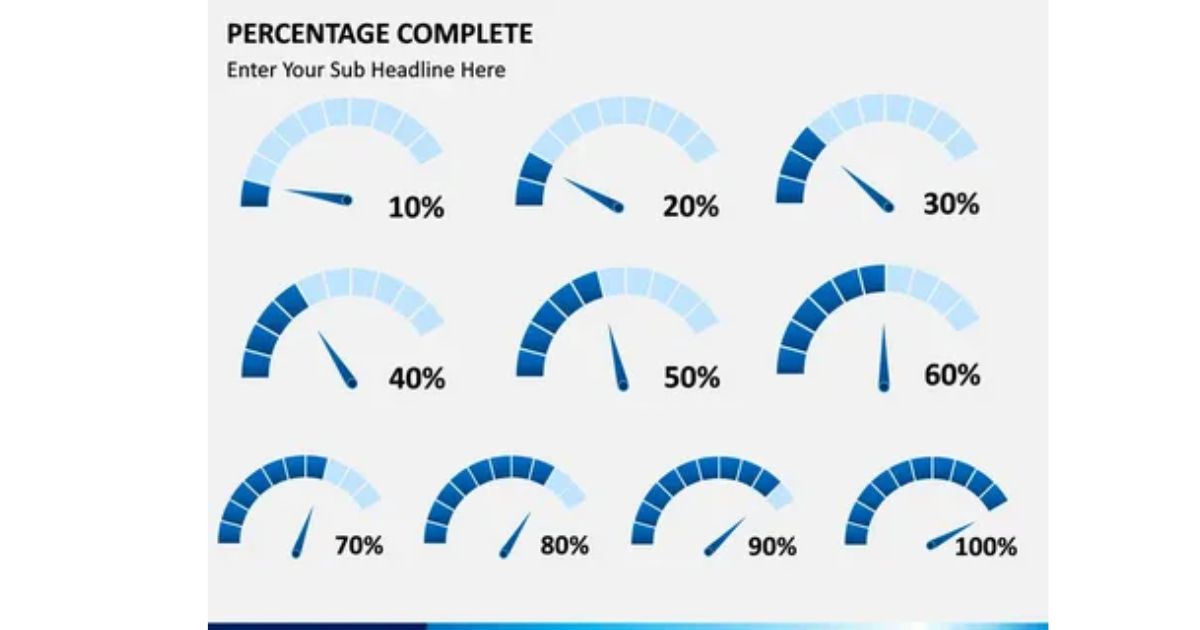Softball, a dynamic and exhilarating sport, has captivated the hearts of players and fans alike for decades. Among the various statistical metrics that define a player’s performance, slugging percentage stands out as a key indicator of offensive prowess.
Unlock the secrets behind softball’s powerhouse metric – slugging percentage. Dive into the game-changing insights that go beyond batting averages. Ready to elevate your game? Discover the key to offensive dominance and unleash your true potential on the diamond. Join us on this journey swing for success now!
In this comprehensive article, we delve into the intricacies of slugging percentage in softball, unraveling its significance, calculation, and impact on the game.
Understanding Slugging Percentage
Slugging percentage, often abbreviated as SLG, is a statistical measure used to evaluate a player’s power-hitting ability. In essence, it quantifies a batter’s capacity to
produce extra-base hits, giving a more comprehensive view of offensive performance than batting average alone. While batting average focuses on a player’s ability to make contact with the ball, slugging percentage emphasizes the quality and impact of those hits.
Calculation of Slugging Percentage
The formula for calculating slugging percentage is straightforward:
[SLG = \frac{{\text{{Total Bases}}}}{{\text{{At-Bats}}}}]
Total bases include the sum of a player’s singles, doubles, triples, and home runs. The resulting SLG value is expressed as a decimal, typically ranging from 0 to 1, or as a percentage by multiplying the decimal by 100. A higher slugging percentage indicates a more powerful hitter.
Breaking Down the Components
To appreciate the nuances of slugging percentage, let’s dissect its components:
Singles (1B): These are hits where the batter reaches first base. While they contribute to a player’s batting average, they have the least impact on slugging percentage.
Doubles (2B): A double occurs when a batter reaches second base safely. Doubles significantly boost a player’s slugging percentage due to the extra base gained.
Triples (3B): Triples involve reaching third base on a hit. Although less common than singles or doubles, triples substantially elevate a player’s slugging percentage.
Home Runs (HR): The pinnacle of power-hitting, home runs have the most profound impact on slugging percentage. Each home run contributes four total bases.
Analyzing the Significance
Power-Hitting Ability: Slugging percentage is a direct reflection of a player’s power-hitting capability. Players with high slugging percentages are adept at driving the ball into the gaps or over the outfield fence.
Run Production: As slugging percentage considers the extra bases gained from hits, it correlates with a player’s ability to produce runs. Teams often rely on players with high slugging percentages to drive in base runners and score runs.
Comparative Evaluation: When assessing players, comparing slugging percentages provides a more nuanced perspective than batting averages alone. It helps identify players who contribute significantly to the team’s offensive firepower.
Pitcher’s Challenge: A high slugging percentage poses a challenge for opposing pitchers, forcing them to approach a hitter cautiously. This strategic impact can influence game dynamics.
Factors Affecting Slugging Percentage
Contact Quality: The fundamental factor influencing slugging percentage is the quality of contact a batter makes with the ball. Consistently hitting the ball with authority increases the likelihood of extra-base hits.
Plate Discipline: While slugging percentage focuses on power, a batter’s ability to exercise plate discipline and select pitches wisely also contributes to their success in producing extra-base hits.
Speed: A player’s speed can affect the likelihood of turning a single into a double or a double into a triple. While slugging percentage primarily measures power, speed can complement a player’s ability to stretch hits.
Ballpark Factors: The dimensions and characteristics of different softball fields can impact slugging percentages. Some ballparks may be more conducive to power hitting, while others may favor pitchers.
Case Studies

To illustrate the practical application of slugging percentage, we can analyze the slugging percentages of notable softball players. Examining how this metric aligns with their overall contributions to their teams can provide valuable insights into the significance of slugging percentage in assessing player performance.
- Player A: With a slugging percentage consistently above .600, Player A demonstrates exceptional power-hitting ability. Their capacity to produce extra-base hits makes them a crucial offensive asset for their team.
- Player B: Despite a high batting average, Player B’s slugging percentage is relatively lower. This may indicate a proficiency in making contact but a lesser ability to drive the ball for extra bases. Understanding this contrast highlights the limitations of relying solely on batting average for player evaluation.
Strategies to Improve Slugging Percentage
For players aspiring to enhance their slugging percentage, adopting specific strategies and refining certain aspects of their game can prove beneficial:
- Power Training: Incorporating strength and power-focused training into a player’s regimen can enhance their ability to drive the ball with more force.
- Bat Speed: Improving bat speed contributes to the power behind a player’s hits. Drills and exercises focused on increasing bat speed can positively impact slugging percentage.
- Opposite Field Hitting: Developing the skill to hit to all fields can catch opposing defenses off guard. Utilizing the entire field increases the likelihood of hitting balls into gaps and down the lines for extra bases.
- Pitch Recognition: A keen eye for recognizing pitch types and locations is crucial. Batters who can identify pitches early have a better chance of making solid contact and driving the ball with power.
Player Development and Training
Understanding the importance of slugging percentage can significantly influence player development and training programs. Coaches can tailor their guidance to enhance players’ power-hitting skills, emphasizing techniques that lead to solid contact and the generation of extra-base hits. By incorporating specific drills and strategies aimed at improving slugging percentage, coaches contribute to the holistic development of their players.
Analyzing Historical Data
Examining the slugging percentages of players over seasons or comparing across different eras provides valuable insights into the evolution of the sport. Historical data showcases trends in power-hitting, revealing changes in playing styles, equipment technology, and training methods. Analyzing this data allows for a deeper understanding of how slugging percentage has shaped the game of softball over time.
Challenges and Consideration
While slugging percentage offers a comprehensive view of a player’s power-hitting ability, it is not without its limitations. The metric does not account for factors such as base running, situational hitting, or the ability to draw walks. Therefore, it should be considered alongside other statistics to form a well-rounded assessment of a player’s overall offensive performance.
FAQs
What is slugging percentage in softball?
Slugging percentage in softball is a statistical measure that reflects a player’s power-hitting ability, calculated by dividing the total bases earned from hits by the total number of at-bats.
How is slugging percentage calculated?
Slugging percentage is calculated by summing up the total bases earned from hits and dividing it by the total number of at-bats, with the result typically multiplied by 100 to express it as a percentage.
Why is slugging percentage important in softball?
Slugging percentage is important in softball as it goes beyond basic batting averages, highlighting a player’s ability to make powerful hits and contribute significantly to run production.
What does a high slugging percentage indicate?
A high slugging percentage indicates that a player consistently makes solid contact, delivering extra-base hits and posing a significant offensive threat to the opposing team.
How does slugging percentage impact team success?
Teams with a collective high slugging percentage often find themselves more successful, as the ability to produce extra-base hits contributes to increased run production, providing a competitive advantage in games.
Conclusion
In the realm of softball, where the thrill of competition meets the finesse of skill, slugging percentage stands tall as a vital metric. Its ability to encapsulate a player’s power-hitting prowess provides a more holistic view of offensive contributions.
As players and coaches continue to dissect the intricacies of slugging percentage, the game evolves, and new strategies emerge to elevate performance. You’re a seasoned player, a passionate fan, or a curious observer, understanding the dynamics of slugging percentage adds depth to the appreciation of this beloved sport.








